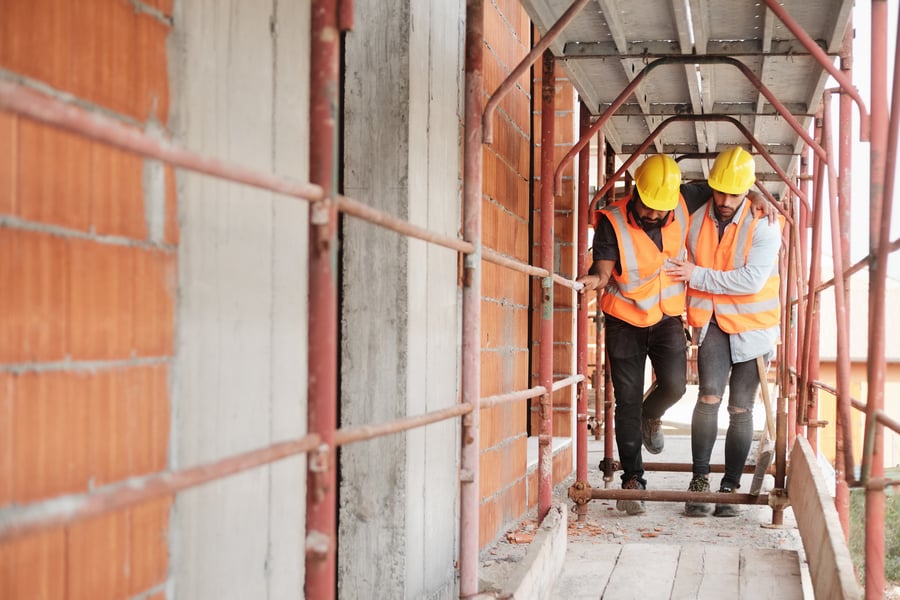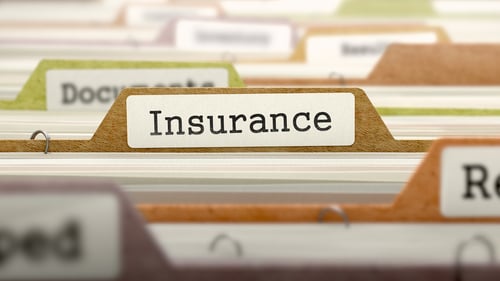
Slips, trips and falls have consistently ranked in the top three causes of preventable injuries in the United States since 1999. But let’s face it- the majority of work-related slips, trips and falls that don’t result in at least a skinned knee or a twisted ankle simply don’t get reported. Like a snake in the grass, this allows hazards that could easily be addressed another opportunity to bite employees. Nevertheless, most workers would rather suffer a bruised ego in silence than engage in the often complicated ritual of reporting an incident when they’re no significantly worse for wear. So, what’s a safety program to do?
A Top-Down Approach
The knee-jerk reaction to a few employee tumbles is to beef up policies and procedures. Sure, air-tight policies and documentation are crucial in protecting your organization, but positively affecting human behavior to the extent you can dictate how someone walks down a staircase takes more than simply adding paperwork to the mix. To address a giant of a problem before it awakens, a comprehensive analysis is in order.
Examine your environment
If your ladders are all missing their anti-slip shoes, employees are wearing improper footwear, and your elevated walkways aren’t protected with top-rails and mid-rails, you’ll always be behind the 8-ball when it comes to slip, trip and fall prevention. Before you can address employee behavior, you’ve got to give your workforce the chance to succeed by providing the safest environment possible. Simple, routine maintenance and inspection checklists can help.
A little housekeeping adds up
Spills, tools left in stairwells and cords that cross walkways are low hanging fruit for hazard mitigation, but housekeeping is often only considered when projects are wrapping up. If 10 employees take one minute of every hour in a 6-hour work span to identify housekeeping risks, it adds up to an hour of time well spent and incorporates hazard recognition into the daily routine.
Some OTJ goes a long way
On-the-job (OTJ) training doesn’t have to be a complicated, time consuming production. Confined space and backhoe training may require professional attention, but having your organization’s cultural leaders spend 20 minutes explaining the importance of maintaining three points of contact while ascending and descending ladders or entering/exiting machinery is short and sweet but still counts. Discussion of how to properly inspect and don a fall protection harness can also pay big dividends.
Tear down barriers to reporting
If you believe conventional safety dogma, 300 near misses occur to every one major injury, but something all safety professionals can agree on is that an unreported near miss is a blown coaching opportunity. While there’s certainly a need to capture detailed information after an injury, simplifying near miss reports and re-branding them as “Good Catch” moments can increase the leading indicator data you receive from your workforce.
If you’ve employed the tactics above and you’re still at the end of your ladder so to speak, TMLIRP is here to help. We’ve been supporting Texas municipalities and other public entities in their efforts to combat workplace injuries since 1974, and your loss prevention representative can assist you in creating a customized plan to address slip, trip and fall hazards in your workplace.



